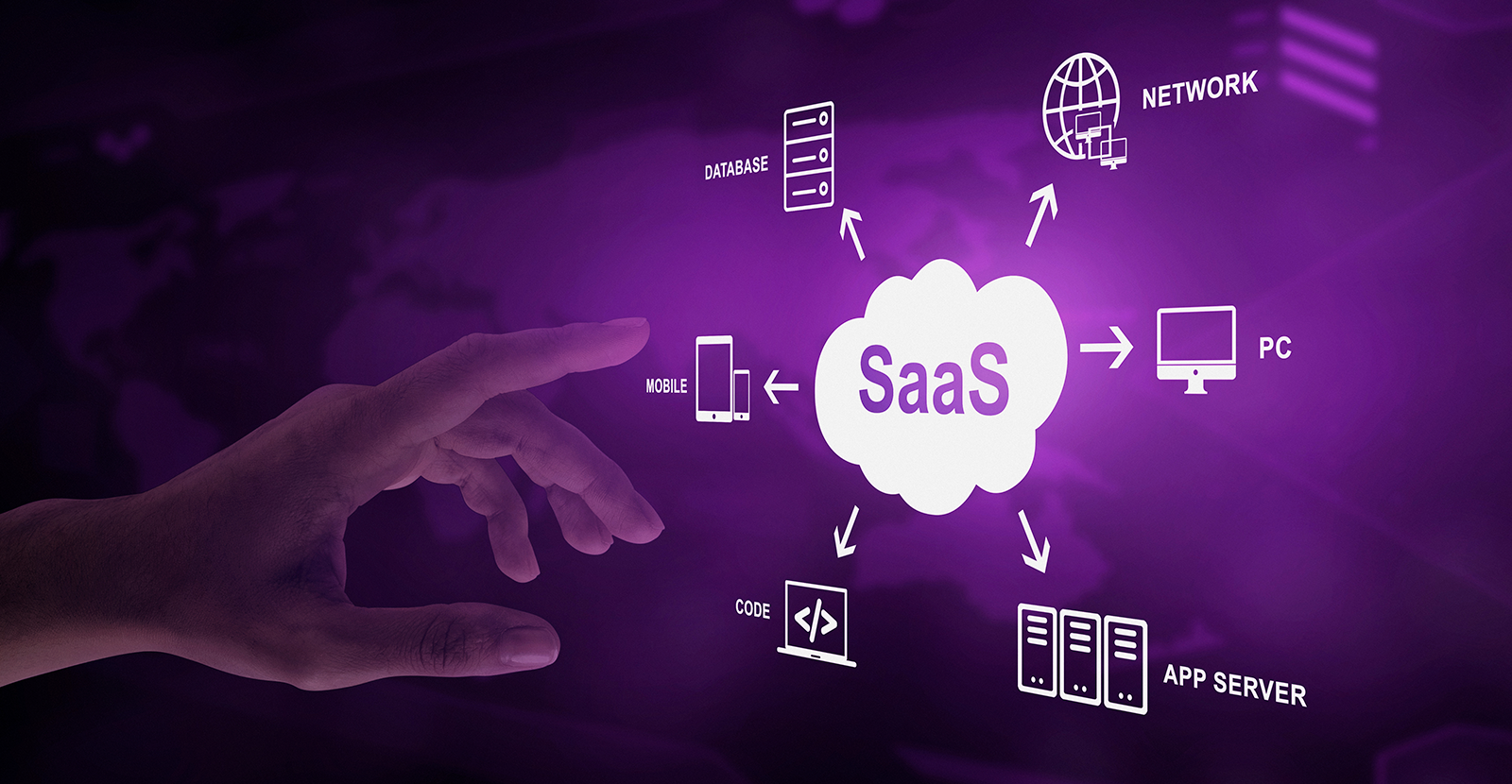 If you dive into the world of technology and software, you will encounter the term “SaaS.” But what does SaaS stand for, and why is it important? SaaS, which stands for Software as a Service, is a software distribution model where users access applications via the Internet. Unlike traditional software installed on local devices, SaaS solutions are hosted on cloud servers and made available through the web.
This blog will explore what SaaS means, how it works, why businesses prefer it, and where PropelIQ fits into the SaaS ecosystem. Whether you’re new to the term or looking to understand its more profound implications, this guide has you covered.
If you dive into the world of technology and software, you will encounter the term “SaaS.” But what does SaaS stand for, and why is it important? SaaS, which stands for Software as a Service, is a software distribution model where users access applications via the Internet. Unlike traditional software installed on local devices, SaaS solutions are hosted on cloud servers and made available through the web.
This blog will explore what SaaS means, how it works, why businesses prefer it, and where PropelIQ fits into the SaaS ecosystem. Whether you’re new to the term or looking to understand its more profound implications, this guide has you covered.
What SaaS Means
SaaS stands for Software as a Service, but let’s break that down. Traditionally, if you wanted to use software, you had to buy it, install it on your computer, and maintain it with updates. With SaaS, things are different. Instead of owning and maintaining software yourself, you subscribe to a service. This software is stored on a remote server (the cloud), and you access it through a web browser. The company offering the software takes care of maintenance, updates, and security. You pay for access, often in a subscription model, and use the software without worrying about the technical aspects of running it smoothly. Think of SaaS as a software streaming service. For example, you don’t buy or download movies with Netflix but access them on demand. SaaS lets you use applications when needed without the hassle of installation or maintenance.How SaaS Works
 With SaaS, all the complicated tech work happens behind the scenes. Here’s how it functions:
With SaaS, all the complicated tech work happens behind the scenes. Here’s how it functions:
- Cloud-based servers: Your software is hosted on remote servers, not personal or office computers. This allows you to access it from anywhere with an internet connection.
- Multi-tenancy: SaaS platforms typically operate on a multi-tenant architecture. This means multiple users (or tenants) share the same infrastructure, which helps reduce costs for everyone.
- Automatic updates: SaaS providers handle software updates and maintenance. You can always access the latest version without worrying about upgrades or patch installations.
- Pay-as-you-go: Instead of paying a high upfront cost for a software license, SaaS is usually billed monthly or annually. This can make high-quality software more affordable and accessible, especially for small businesses.
Why Businesses Prefer SaaS
SaaS isn’t just a buzzword. It offers real benefits for businesses of all sizes. Here’s why many are switching to SaaS-based solutions like those offered by PropelIQ:- Cost-Effective: With SaaS, you don’t need to invest in expensive hardware or IT infrastructure. The service provider manages everything for you, which reduces upfront costs. Plus, most SaaS applications use a subscription model, making budgeting more predictable.
- Scalability: SaaS scales with your business, whether you’re a startup or an established enterprise. You can easily add more users or upgrade your plan as your business grows, without having to invest in new hardware or software.
- Accessibility: Since SaaS applications are cloud-based, they can be accessed from anywhere, at any time. This flexibility is especially crucial in today’s remote work environment, where teams are often spread across different locations.
- Security and Compliance: With SaaS, security is a priority. Providers handle data security, backups, and compliance with industry regulations. Businesses don’t have to worry about these aspects, freeing up resources to focus on core operations.
- Integration: Many SaaS platforms, including PropelIQ, integrate seamlessly with other tools and systems. This makes it easier to create a smooth workflow that enhances productivity without the hassle of juggling different platforms.
PropelIQ: SaaS at Its Finest
 PropelIQ is a prime example of how SaaS can transform a business’s marketing efforts. As a SaaS platform, PropelIQ offers a suite of tools that help companies automate and optimize their marketing strategies. From lead generation to personalized email campaigns, the platform provides a streamlined experience that eliminates the need for complex setups or expensive marketing consultants.
With PropelIQ, small and medium-sized businesses can scale their marketing efforts without the burden of managing multiple software licenses or paying hefty upfront costs. Using PropelIQ’s suite of SaaS marketing tools, businesses can manage campaigns, track leads, and optimize performance from one central dashboard.
PropelIQ is a prime example of how SaaS can transform a business’s marketing efforts. As a SaaS platform, PropelIQ offers a suite of tools that help companies automate and optimize their marketing strategies. From lead generation to personalized email campaigns, the platform provides a streamlined experience that eliminates the need for complex setups or expensive marketing consultants.
With PropelIQ, small and medium-sized businesses can scale their marketing efforts without the burden of managing multiple software licenses or paying hefty upfront costs. Using PropelIQ’s suite of SaaS marketing tools, businesses can manage campaigns, track leads, and optimize performance from one central dashboard.
Key Benefits of PropelIQ’s SaaS Model
PropelIQ stands out in the SaaS landscape by offering several key benefits:- Ease of Use: PropelIQ’s tools are designed to be user-friendly, so even businesses without a dedicated marketing team can take full advantage of its features.
- Centralized Platform: PropelIQ brings multiple marketing tools under one roof. This all-in-one solution saves time, reduces complexity, and increases productivity by offering everything from email marketing to referral programs.
- Continuous Innovation: PropelIQ consistently updates its platform with new features like most SaaS providers. These updates happen automatically, so businesses can always access the latest tools and innovations without interruptions.
- Support and Training: PropelIQ doesn’t just offer the software. They provide ongoing customer support and training resources to ensure businesses get the most out of the platform.
- Affordability: PropelIQ follows the subscription model, which allows businesses to choose a plan that fits their budget and needs. Whether you’re a solo entrepreneur or a growing company, there’s a plan that works for you.
Popular SaaS Examples
 SaaS is everywhere, and you probably use it daily without realizing it. Here are some of the most popular SaaS applications:
SaaS is everywhere, and you probably use it daily without realizing it. Here are some of the most popular SaaS applications:
- Google Workspace: Formerly known as G Suite, this platform offers cloud-based productivity tools like Gmail, Google Docs, Sheets, and Drive. These tools are accessed online, making them accessible from any device.
- Salesforce: One of the pioneers in SaaS, Salesforce provides a cloud-based CRM platform that helps businesses manage customer relationships without needing expensive in-house systems.
- Dropbox: This file storage service allows users to save and share files on the cloud, eliminating the need for local storage.
- Slack: A messaging platform designed for workplace communication, Slack offers a SaaS solution for teams collaborating from anywhere in the world.